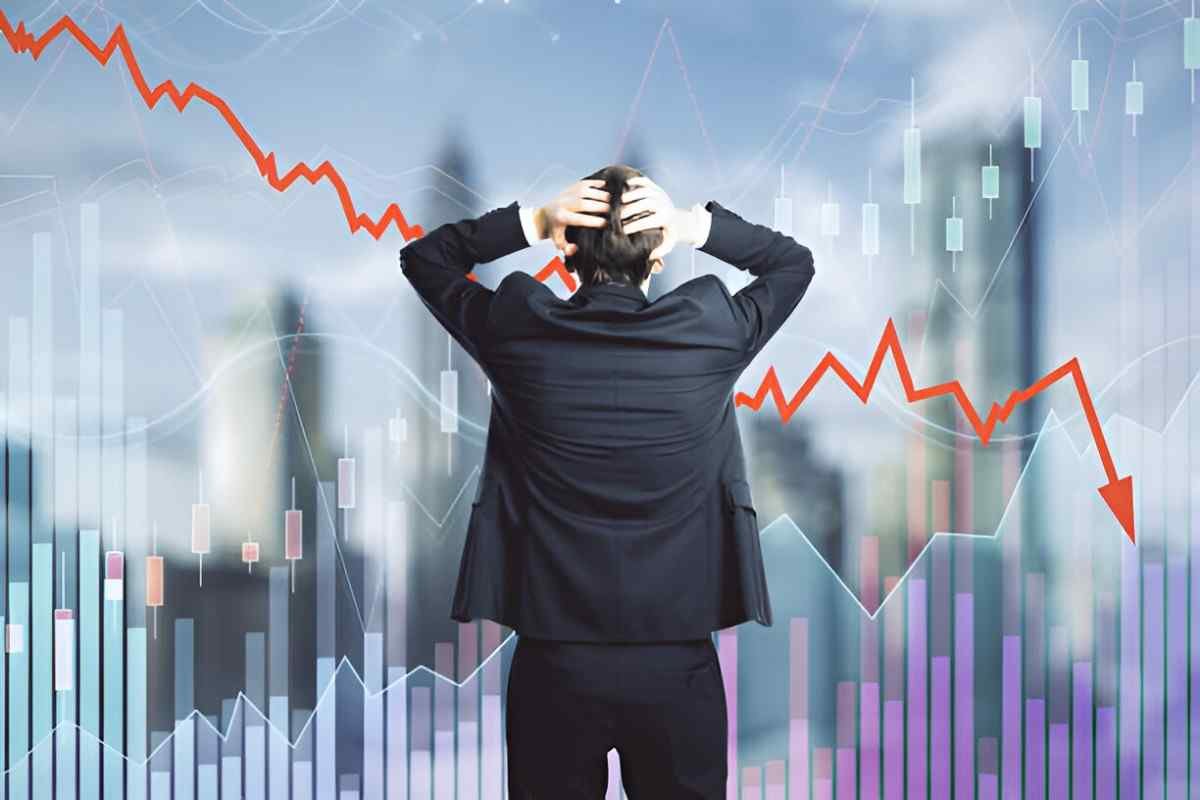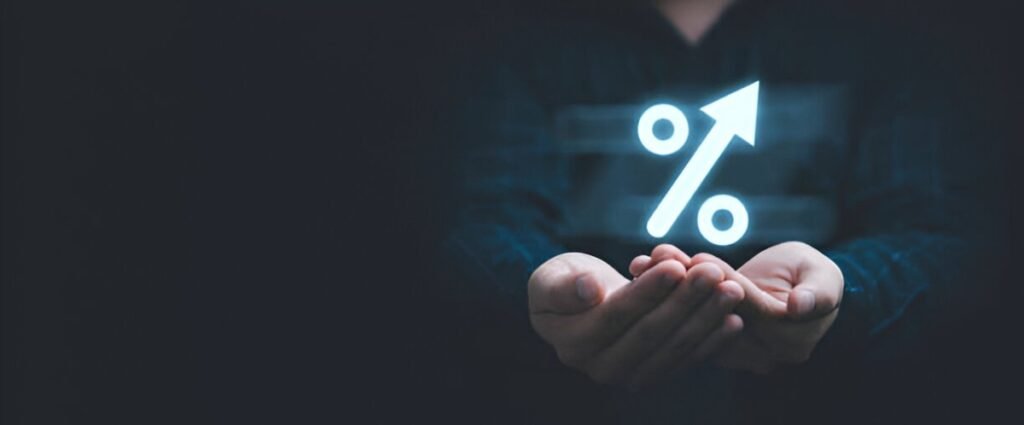In the world of investing, we often hear about risk and reward, the constant balance between optimism and caution. However, what happens when this balance tips dramatically, leading to a complete market collapse? As someone who has spent years studying the stock market, both in times of prosperity and during moments of turmoil, I can tell you that this is a scenario no investor ever wants to face. Yet, understanding the possibility is crucial in order to protect one’s assets and plan for the worst.
A stock market nightmare scenario is exactly what it sounds like—a rapid and dramatic decline in stock prices, leading to panic, loss of wealth, and widespread uncertainty. But how can something like this unfold, and how can an investor navigate such an event? I’ll break it down for you step by step, offering insights, calculations, and real-world examples along the way.
Table of Contents
The Setup: How a Nightmare Scenario Begins
The stock market is a reflection of the economy’s health, and while it’s not always directly correlated, the two are undeniably linked. Often, stock market crashes start with an underlying event or series of events that send shockwaves through the system. These can range from natural disasters, geopolitical crises, financial scandals, or even bad economic policy decisions.
Let’s imagine a situation where the stock market is already overvalued. Investors are driven by greed, and there’s a general sense of overconfidence in the market. Many have invested based on speculation, not solid fundamentals. This makes the market vulnerable to a catalyst—a sudden piece of news, a sharp increase in interest rates, or the collapse of a major corporation. The fear spreads quickly, and selling pressure mounts.
The First Stage: The Initial Shock
At the beginning of a market crash, I often find myself witnessing widespread disbelief. Initially, some investors may see the drop in prices as a temporary glitch and continue to hold their positions. However, as the losses deepen, panic sets in. The concept of ‘the herd mentality’ is critical in understanding this stage. People begin to sell not because they want to, but because everyone else is doing it. The fear of further losses becomes more significant than the hope for future gains.
In the example of the 2008 financial crisis, the collapse of Lehman Brothers—a major financial institution—triggered a chain reaction that affected the global economy. Once the bank failed, other institutions followed suit, triggering massive sell-offs in the stock market. In the first stage of such a crash, the losses can be startling. The stock market can lose hundreds of points in a single day, with some stocks losing up to 50% of their value in a matter of hours.
Stage Two: The Panic Selling
As the panic deepens, investors begin to sell in large volumes, fearing that the market could lose even more ground. The increase in sell orders leads to a further decline in stock prices. I remember during the 2008 crisis, looking at the news and watching how companies like General Motors and Citigroup saw their stock prices plummet day after day. It was difficult to comprehend how such major companies could lose so much value so quickly.
Let’s break this down with an example. Suppose you bought 100 shares of a company at $50 each. If the stock price drops to $25, that’s a loss of $2,500 on your initial investment. Now imagine if the market as a whole experiences such drops, leading to widespread losses across all sectors.
| Stock Price Drop | Investment Loss (on 100 shares) |
|---|---|
| $50 to $40 | $1,000 |
| $50 to $30 | $2,000 |
| $50 to $25 | $2,500 |
| $50 to $10 | $4,000 |
As you can see, the losses pile up quickly as the price drops, and once the panic sets in, there’s very little time for investors to react.
Stage Three: The Descent Into Chaos
Once the panic selling reaches its peak, the market enters a chaotic phase. Prices drop so fast that trading halts, or ‘circuit breakers’ are triggered, temporarily stopping the trading of certain stocks. This is done in an attempt to prevent the market from spiraling further out of control. However, when trading resumes, the damage is often already done. In this stage, even seasoned investors start to panic, with many selling at the worst possible time.
Take, for example, the Dot-Com Bubble burst in 2000. At its peak, many tech companies had valuations based purely on hype, not on tangible earnings or solid business models. Once it became clear that these companies weren’t going to live up to their inflated expectations, stock prices began to plummet. Investors who had bought at the peak were left holding shares worth a fraction of their original value. In the worst-case scenario, investors who had borrowed money to buy stocks—using margin—were forced to sell their holdings to meet margin calls, further driving down prices.
Stage Four: The Aftermath—How Deep Does the Hole Go?
After the dust settles, the real impact of the market collapse is felt. In the aftermath of a stock market crash, many investors are left reeling. Some may have lost everything, while others are left holding devalued assets. For example, in 2008, the global market lost trillions of dollars in value. I remember checking my portfolio, and even the best-performing stocks had seen massive drops. A drop of 30-40% in stock value might seem abstract before it happens, but once it hits, it’s a hard pill to swallow.
If you had invested $100,000 in the stock market at its peak before the crash, a 40% loss would leave you with only $60,000. This might sound theoretical, but it happened to countless individuals during past crises.
| Pre-Crash Investment | Value After 40% Loss | Remaining Investment |
|---|---|---|
| $100,000 | $60,000 | -$40,000 |
Now, this is where the real test begins. After experiencing such losses, many investors pull out of the market entirely, leading to further declines. Those who remain may face years of recovery before they see any meaningful returns. Historically, it can take anywhere from 3 to 10 years for markets to return to their previous highs after a major collapse.
Stage Five: Recovery or Permanent Damage?
In some cases, markets recover relatively quickly, like they did after the 2008 crash, with the U.S. stock market regaining its losses by 2013. However, in other cases, the market may not recover for decades. The Japanese stock market, for example, reached its peak in 1989 and has never returned to those levels, even after 30+ years. If you had invested in the Nikkei 225 index at its peak, your investment would still be underperforming compared to other markets around the world.
But, how do you decide whether to stay invested or pull out when the market is in chaos? That’s a decision every investor has to make on their own, depending on their risk tolerance and long-term goals.
How to Prepare for a Stock Market Nightmare
While there’s no way to predict exactly when or how a market crash will occur, there are steps you can take to minimize the impact on your investments. Here are a few strategies that have worked for me in the past:
- Diversify your portfolio: Don’t put all your eggs in one basket. Spread your investments across different sectors and asset classes—stocks, bonds, real estate, commodities, and so on.
- Use stop-loss orders: These orders automatically sell your stocks if their price falls below a certain level. This can help you limit losses in a volatile market.
- Invest for the long-term: Avoid making emotional decisions during a downturn. History has shown that, over the long term, the market tends to recover.
- Stay liquid: Having some cash available allows you to take advantage of buying opportunities when the market is low.
Conclusion: A Nightmare Scenario Is Always Possible
While no one can predict when or how the next stock market crash will happen, we do know that these events are part of the market’s natural cycle. As investors, we must remain vigilant and prepared for the possibility of a nightmare scenario. By staying diversified, making informed decisions, and not letting fear drive our actions, we can weather these storms and even come out stronger on the other side.
The stock market is a powerful force, and though it can bring enormous rewards, it can also cause significant pain. By understanding the potential risks and preparing for the worst, we can position ourselves to face whatever comes our way—whether it’s a nightmare scenario or simply a bump in the road.





